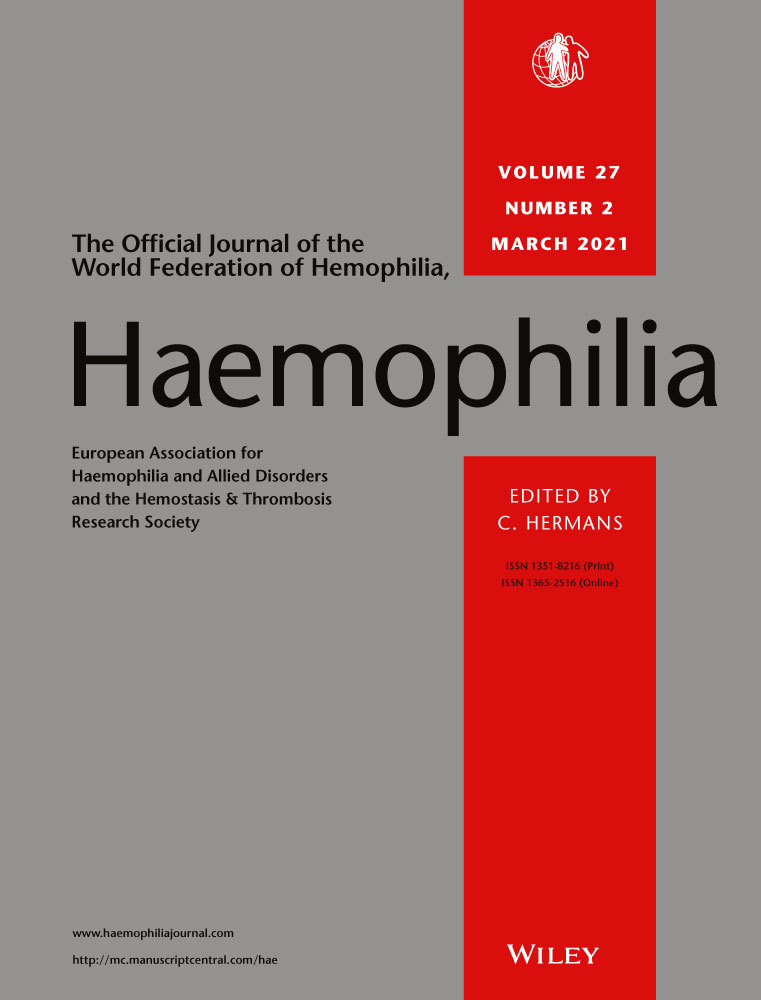Static postural balance evaluation and an investigation of the relationship with joint health in children with severe haemophilia: a controlled cross-sectional study
Abstract
Introduction
Recurrent hemarthroses disturbing force/movement control are likely to impair postural balance.
Aim
To investigate the possible changes in static postural balance parameters in children with haemophilia (CwH) and to reveal its relationship with Haemophilia Joint Health Score (HJHS).
Methods
Twenty-one CwH aged 6–18 who had haemophilic arthropathy in at least one lower limb joint and 21 healthy peers were evaluated by using a force platform. Centre of pressure (CoP) signals were displayed as a map in both anteroposterior direction (APD) and mediolateral direction (MLD) by statokinesigram. Accordingly, the amplitude, velocity and standard deviation of CoP displacements along with the perimeter and ellipse area were measured. Assessments were made under eyes opened and eyes closed in bipedal stance for 60 s. Joint health and muscle strength were evaluated with HJHS and digital dynamometer, respectively.
Results
Velocity and amplitude of CoP displacements in MLD were increased in CwH (p˂0.05). It was also found that these parameters were moderate correlated with the clinical score of the lower limb joints (p˂0.05). In CwH, standard deviation of CoP displacements in the APD was significantly higher in eyes closed, while standard deviation in MLD was significantly higher in eyes opened (p˂0.05).
Conclusion
Disturbances during bipedal stance reveal the need for balance evaluation in CwH. Increased mediolateral oscillations may be an early sign of disorders of the musculoskeletal system in CwH. In addition to improving joint health, postural balance exercises that increase MLD stability have to be included in the rehabilitation programme of CwH.
DISCLOSURES
The authors stated that they had no interests which might be perceived as posing a conflict or bias.




